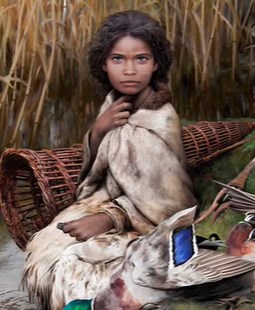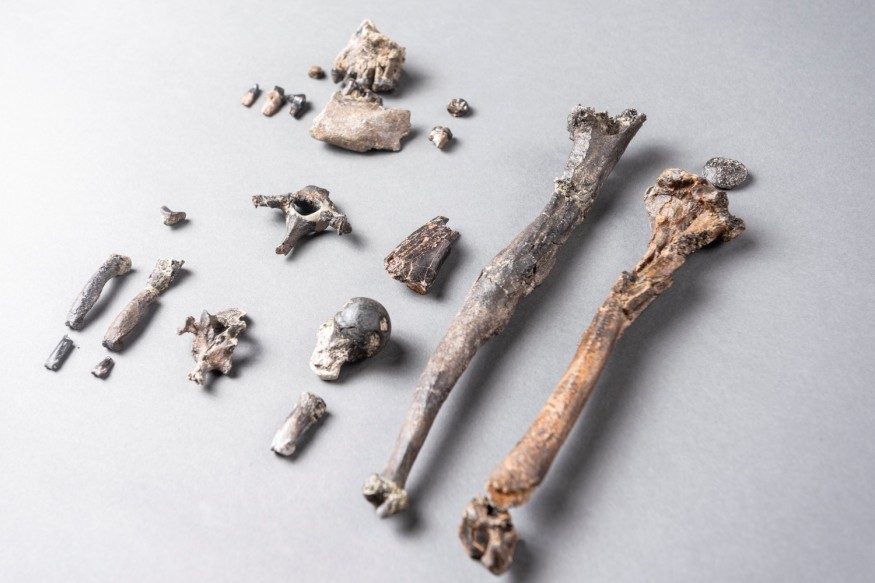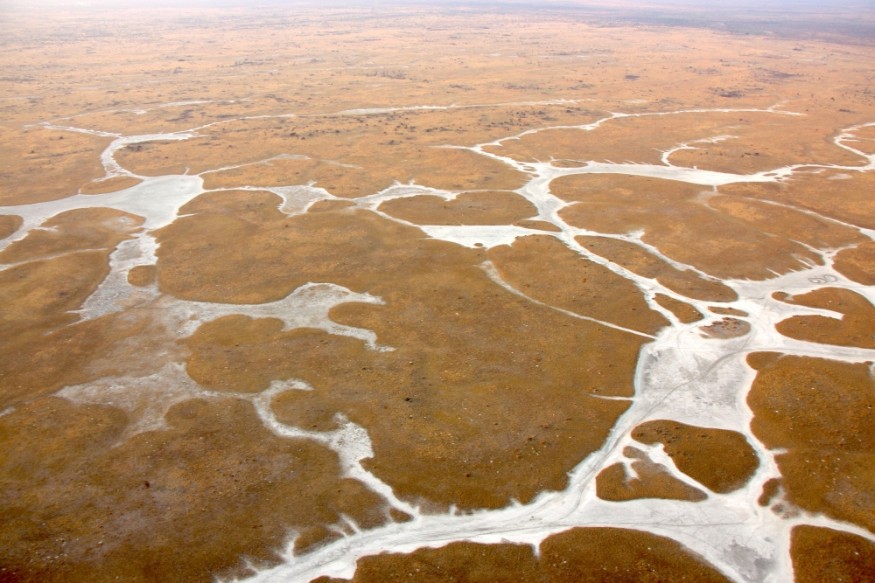The upcoming year 2020 is an opportunity to learn something, but it does not mean 2019 left us empty-handed. The list below has some of the biggest breakthroughs in the field of anthropology this year.
1. Danuvius: The fossil that dramatically altered the timeline of human evolution

The article published in the journal Nature claimed that this previously unknown primate fossil has lived around 12 million years ago - about six million years older than the oldest known human ancestor!
Known as Danuvius, the researchers claimed that although its bone structure is like modern-day bonobos, the function of its important joints is closer to modern humans. For instance, its broad and flat rib cage and elongated lower back are said to help them stand upright.
READ MORE: This Ancestor of Ancient Human is About 12 Million Years Old
2. Birch pitch: An ancient chewing gum that contains so many vital information

Earlier this month, the journal Nature Communications published an article that talks about how a group of researchers discovered an ancient human they called Lola through the birch pitch she chewed.
By extracting the DNA and ancient microbes from the gum, the scientists were able to find out that Lola has a pair of blue eyes and is suffering from gum disease -- even without seeing her fossil! They also determined her diet -- hazelnuts and duck -- and some sicknesses she is suffering too, like lactose intolerance and glandular fever.
READ MORE: How Does This Ancient Chewing Gum Tell The Life of a Paleolithic Woman?
3. Homo erectus: A long-living creature

Homo erectus lived around two million years and is considered as the first ancient human to walk on two feet. And according to this study, it probably still exists around 100,000 years ago. The fossils involved in the study were first found in the 1930s at the Ngandong site, Java Island, and it took almost nine decades before the scientists have finally agreed on its age.
The study also revealed how the species died: through climate change. As the ice age ended, forests flourished all-over the Java region. The sudden changes in the environment took a toll on the Homo erectus's survivability. For instance, the trees made them more vulnerable to the predator.
It is still unknown if the Homo erectus in the Ngandong site have interacted with other hominid species.
READ MORE: Homo Erectus Might Have Lived Longer than We Thought or Expected
4. Northern Botswana: The Place Where Modern Humans Originated

This scrupulous research published in October has found out that every person alive today are possibly descendants of the women who lived in Northern Botswana in Africa about 200,000 years ago.
Scientists have accepted long before that Africa is the "Cradle of Humankind". However, the exact location where the ancient human race flourished is still unknown. By studying the DNA of at least 1,200 indigenous Africans, the researchers have discovered the history L0 -- one of the oldest DNA lineages in the world.
Then, they tracked the history of its diaspora until they reached Makgadikgadi-Okavango palaeo-wetland in southern Africa, where these humans lived for more than 70,000 years until the changes in climate forced them to move out.
READ MORE: Northern Botswana: The Place Where Modern Humans Originated
5. Homo luzonensis: a new homo species discovered in the Philippines
Although it is still sparking a debate whether it is indeed a new species or not, scientists claimed that this ancient hominid roamed around the islands in the Philippines about 50,000 years ago.
Homo luzonensis combines the features of many hominid species like the hands and feet of Australopithecus afarensis and smaller set of teeth that is similar to modern humans!
The lead author, Florent Detroit, concluded that this discovery will pave the way to more information about human evolution, especially in Asia where it is "clearly more complex".
Which discovery is your favorite?
© 2025 NatureWorldNews.com All rights reserved. Do not reproduce without permission.





